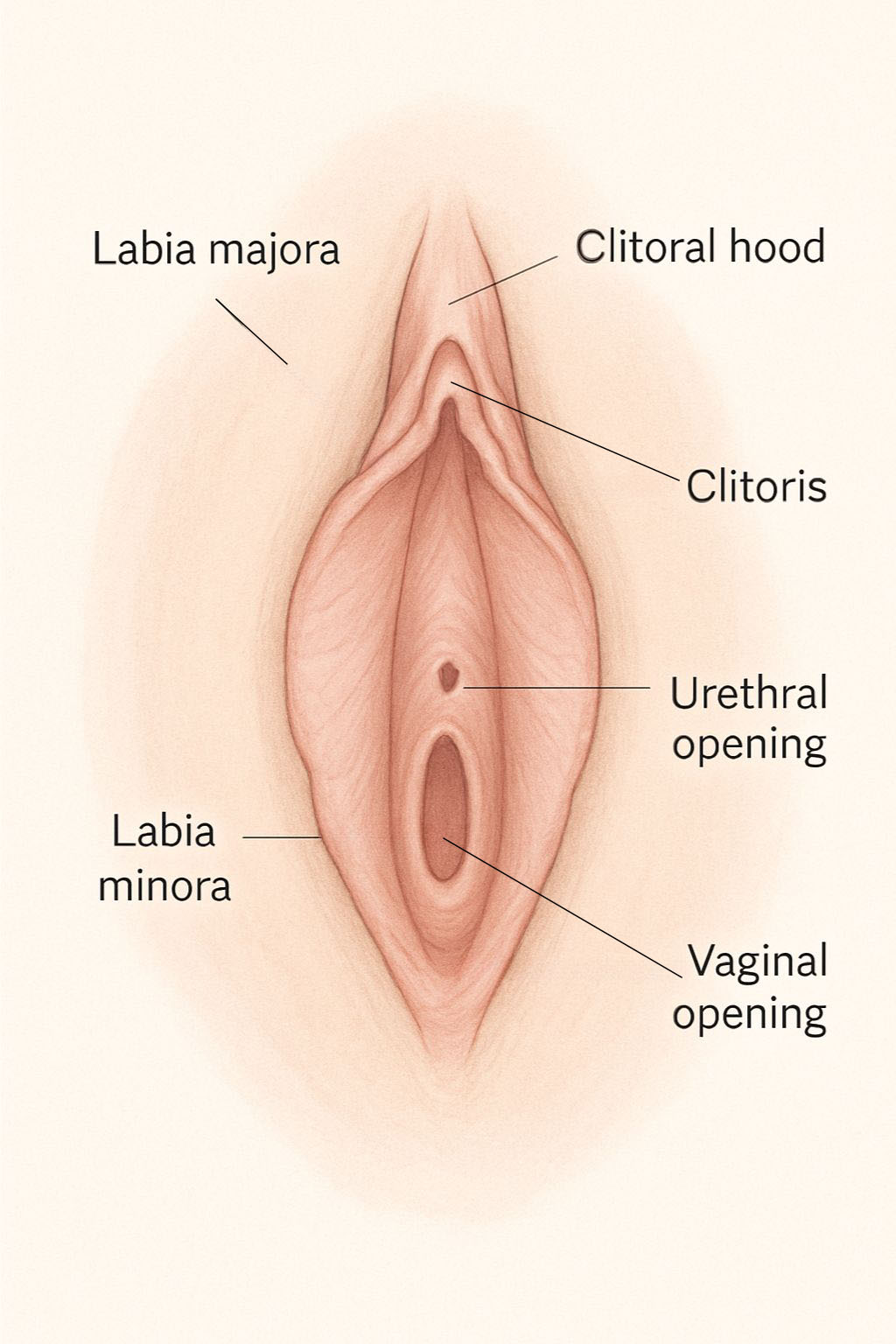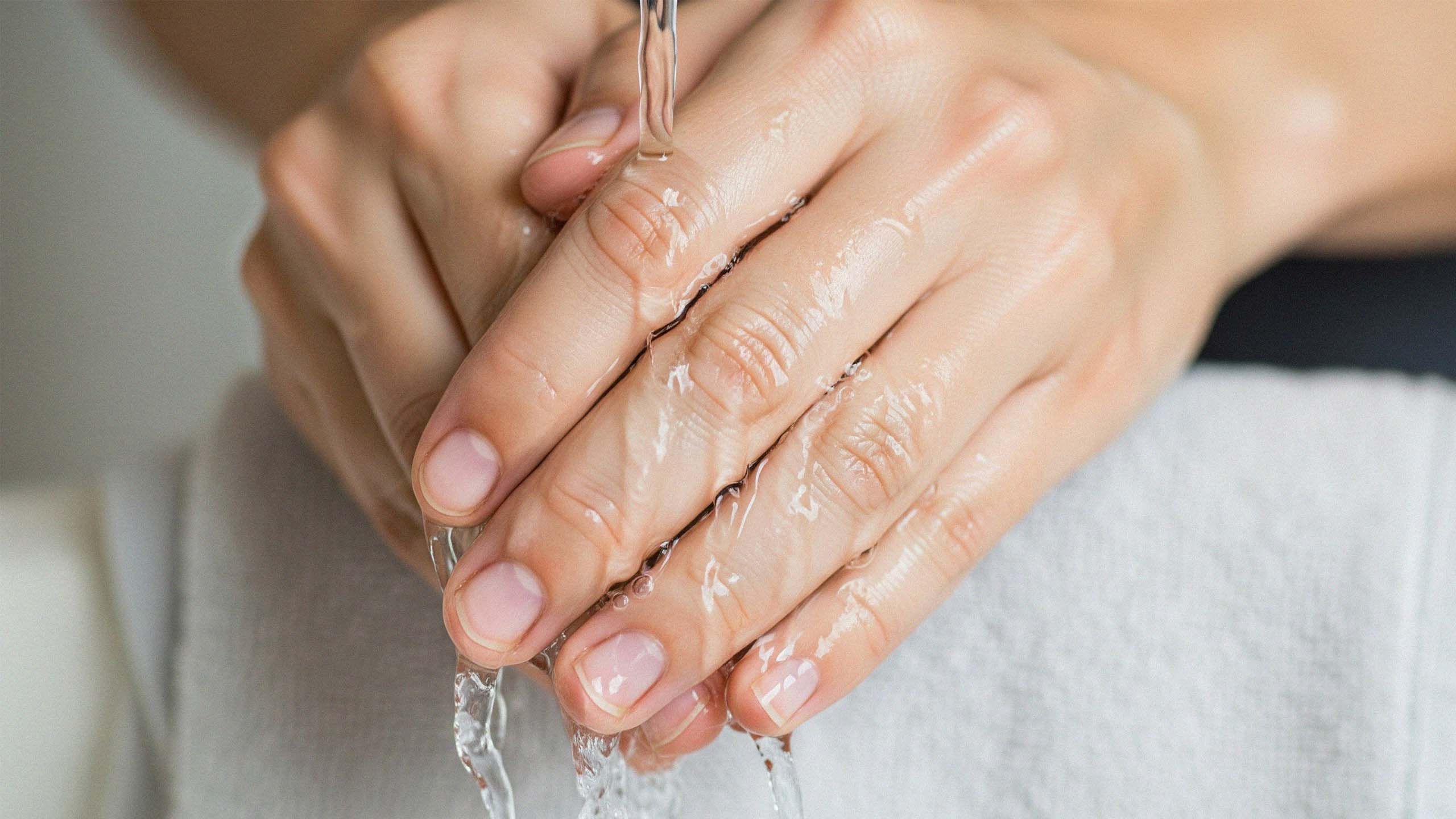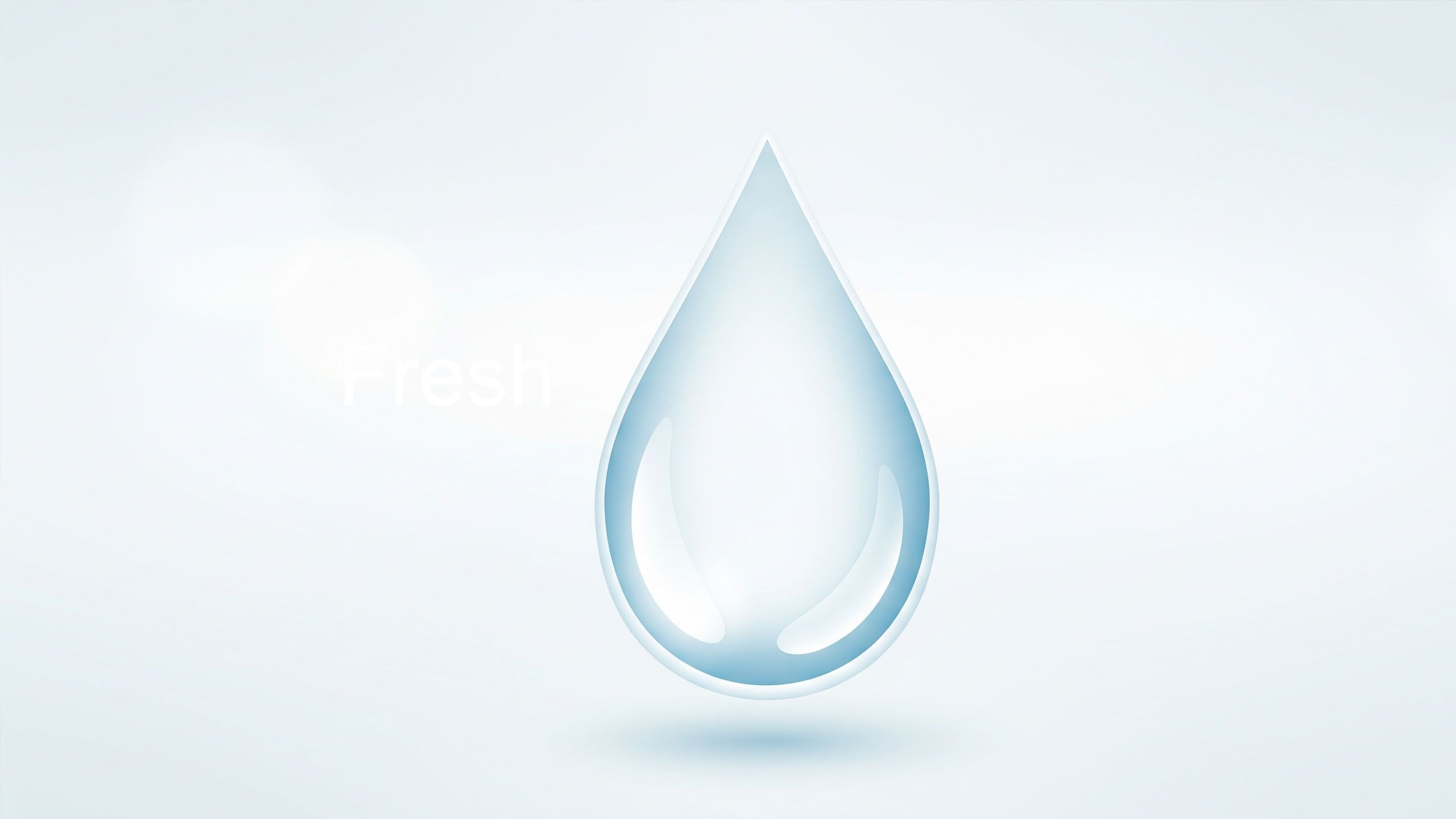How to Wash Your Vulva Safely and Effectively

Maintaining good vulvar hygiene is an important part of personal care and comfort. However, the topic is often surrounded by confusion, misinformation, and marketing-driven advice. This article aims to offer a clear informed guide on how to wash your vulva safely and effectively—free of myths, harsh products, or unnecessary steps.
Understanding the Vulva vs. the Vagina
Before discussing cleaning methods, it’s essential to understand the difference between the vulva and the vagina.
- The vulva includes the external parts of the female genitalia: the labia majora, labia minora, clitoral hood, clitoris, and the urethral and vaginal openings.
- The vagina is the internal canal that leads from the cervix to the vaginal opening.
The vagina is self-cleaning. The vulva, on the other hand, benefits from gentle washing as part of daily hygiene.
Why Proper Vulvar Hygiene Matters
Regular vulvar hygiene helps:
- Prevent irritation and discomfort
- Reduce the risk of infections such as bacterial vaginosis or yeast overgrowth
- Remove sweat, urine, and natural secretions that can build up throughout the day
However, improper hygiene—especially over-washing or using harsh products—can disrupt the skin’s natural balance and lead to problems rather than solutions.
What You’ll Need
You do not need a cabinet full of products to care for your vulva. In fact, less is often better. Here’s what is recommended:
- Clean, warm water
- (Optional) Mild, unscented soap or cleanser specifically labeled safe for external genital use
- Clean hands or a soft washcloth
- A towel that is clean and dry
Step-by-Step: How to Wash Your Vulva
Follow these steps once daily during your shower or bath, or more frequently if needed (e.g., after exercise or during menstruation):
1. Wash Your Hands
Start by washing your hands to avoid introducing bacteria to the area.
2. Use Warm Water
Rinse the vulva gently with warm (not hot) water. Water alone is usually sufficient for most people.
3. Use Gentle Soap if Desired
If you choose to use soap, pick one that is:
- Fragrance-free
- Hypoallergenic
- Designed for sensitive skin or specifically labeled for external genital use
Apply the soap to your hand or a soft cloth, not directly onto the skin. Avoid using soap inside the vaginal opening.
4. Clean Folds and Creases Gently
Gently separate the labia to clean between them. Wipe from front to back to reduce the risk of introducing bacteria from the anus to the urethra or vagina. Do not scrub or use force.
5. Rinse Thoroughly
Make sure all soap is completely rinsed off, as residue can cause dryness or irritation.
6. Pat Dry
Use a clean towel to pat the area dry. Avoid rubbing or using a towel that’s already damp or used.

What to Avoid
To protect your skin and prevent discomfort or infection, avoid the following:
- Douching: This disrupts the vagina’s natural balance and is not necessary for hygiene.
- Scented soaps or body washes: Fragrance can irritate sensitive skin.
- Antibacterial products: These can strip healthy bacteria and upset the natural balance.
- Loofahs, sponges, or rough washcloths: These can cause micro-tears and irritation.
- Washing inside the vagina: Internal washing is not needed and can lead to infections.
Special Considerations
During Menstruation
You may choose to rinse the vulva more frequently during your period. Follow the same steps, focusing on gentle, regular cleaning with water and a soft towel.
After Exercise
Sweating is natural, and cleaning the vulva after workouts can reduce irritation or clogged pores in the area.
During Pregnancy or Postpartum
Sensitive skin and hormonal changes may require extra care. Stick to water or ask your healthcare provider for a suitable cleanser if needed.
If Experiencing Irritation
If you notice redness, itching, unusual discharge, or persistent odor, it’s best to stop using any products and consult a medical provider. These symptoms may point to infections or dermatological conditions requiring treatment.
Healthy Hygiene Habits Beyond Washing
- Wear breathable underwear (preferably cotton)
- To allow for airflow when wearing long dresses or skirts, it is recommended not to wear underwear.
- Change out of wet or tight clothing (like swimsuits or workout gear) promptly
- Sleep without underwear or nude routinely to allow airflow
- Avoid using powders, sprays, or deodorants on the vulva
Thoughts
Proper vulvar care is simple: be gentle, use minimal products, and let your body do what it’s designed to do. By understanding what the vulva needs—and doesn’t need—you can maintain comfort and hygiene without overcomplicating your routine. Always listen to your body, and if something feels off, seek advice from a qualified healthcare provider.
Disclaimer: The articles and information provided by the Vagina Institute are for informational and educational purposes only. This content is not intended to be a substitute for professional medical advice, diagnosis, or treatment. Always seek the advice of your physician or another qualified health provider with any questions you may have regarding a medical condition.


 English
English  Deutsch
Deutsch  Español
Español  Français
Français 




